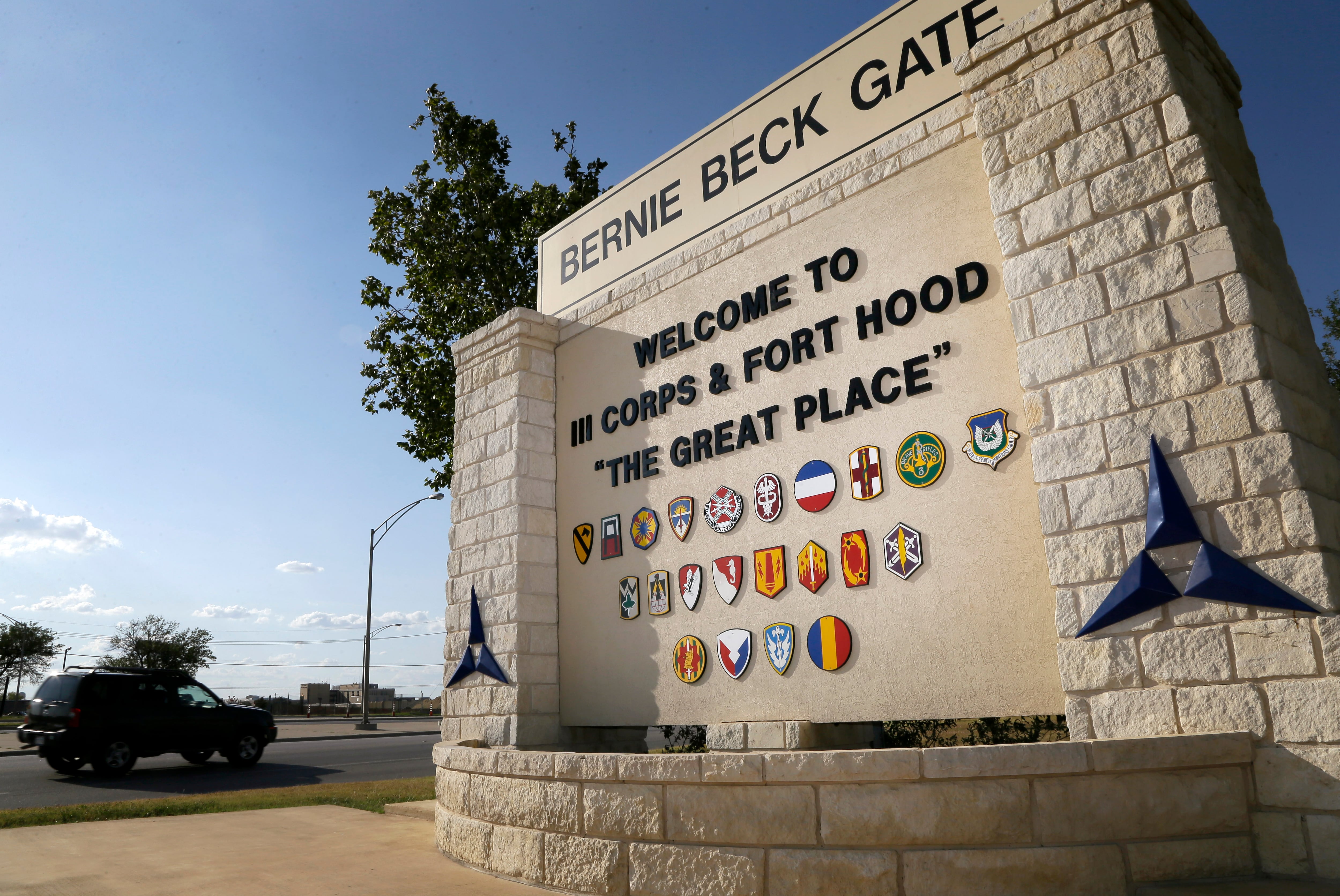Not much scares special operators. Whether kicking in doors to secure a high-value target, teaching indigenous forces or working to establish complex communications systems in a pinch, the men and women of special operations forces are trained to be undaunted by some of the most high-stakes missions in the military, because in a fight-or-flight situation, fear can mean death.
It may be surprising, then, to learn that making the transition back to civilian life can be one of the scariest things some SOF personnel ever do.
“It’s very tribal and team-oriented,” said Matt Stevens, a former SEAL and CEO of The Honor Foundation. “A lot of times people are really tied into what they did. It becomes everything about them. And stepping away from that to kind of figure out where you’re going to fit in, what your purpose on the planet is because all of the sudden you have choices, is daunting.”
Perhaps just as daunting what to do is choosing who will help along the way. The wide variety of organizations like THF that offer SOF veterans assistance in the transition process can seem overwhelming.
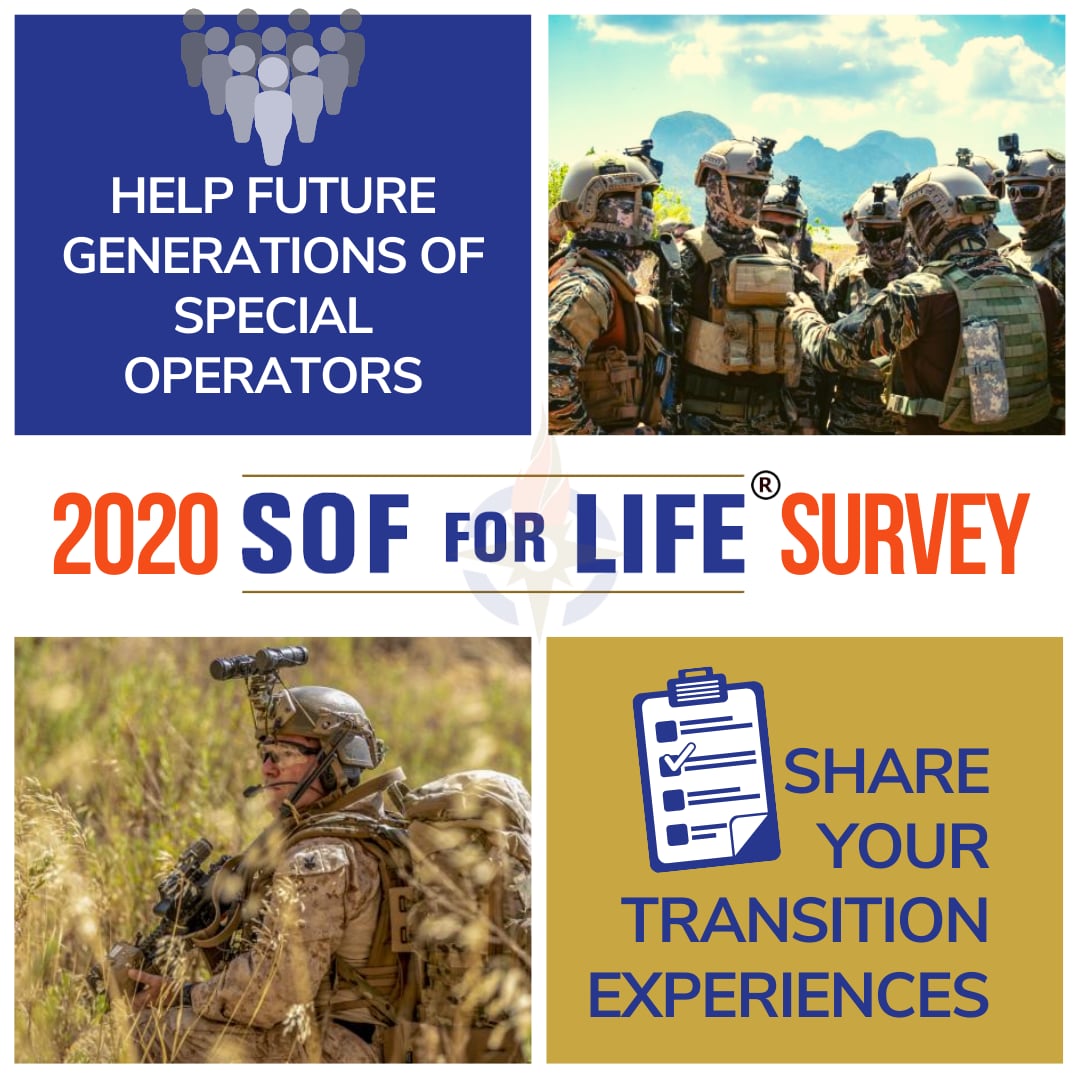
SOF For Life plans to change that. The Florida-based non-profit program sees itself becoming a central hub for connecting transitioning members of SOF to programs and employed tailored to each service member’s unique situation. As part of the Global SOF Foundation, an international network of SOF personnel, SOF For Life is well poised to provide such assistance.
“All these organizations that provide assistance to SOF specifically as they transition, we want to have kind of a one-stop shop for that,” said Meghan Keeler-Pettigrew, chief operating officer of GSOF.
Initially inspired by founder and retired Army Special Forces Col. Stu Bradin’s work in establishing the NATO Special Operations Coordination Center and leading SOCOM’s Expanding Global SOF Network Operational Planning Team, GSOF has seen rapid growth since its founding in 2014, currently connecting more than 60 nations and 2,400 members, advocating for SOF in policymaking arenas, and using SOF For Life to provide transition assistance.
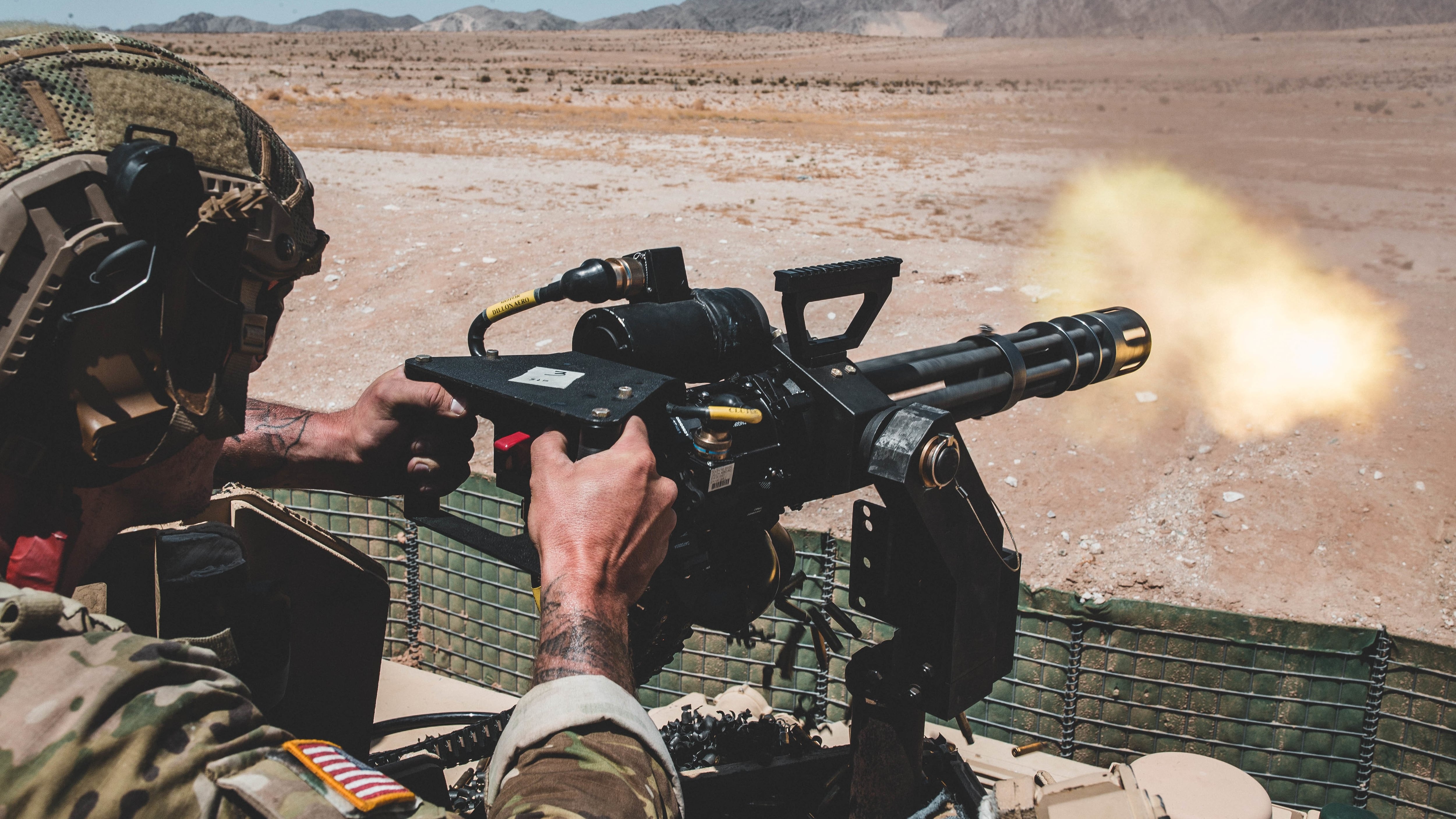
But to become the central connector for SOF transitions that it hopes to be, SOF For Life needs the help of its community. By filling out the 2020 SOF For Life Survey, former members of the special operations community can bring awareness to the issues affecting their separation and retirement from the military and shape the future of SOF For Life’s outreach.
“We want to see what that data says and what people are struggling with,” Keeler-Pettigrew said of the current survey. “The steering group wants to look at that and then reorient our programs accordingly.”
What we realized as we started talking to people more is that these operators and SOF support personnel needed more than just resume help and job postings.
— Meghan Keeler-Pettigrew
Currently, SOF For Life offers a comprehensive guide to transitioning, connects transitioning personnel with relevant resources and manages a resume and hiring database. As the program expands its offerings, Keeler-Pettigrew hopes to see the creation of an online aggregator for transition assistance organizations, further evaluation of SOF requirements through additional surveying, and upgraded job and resume postings to better connect service members to relevant opportunities.
Lingering issues
Previous surveys showed that two of the biggest issues members of SOF face as they transition are financial planning and discovering both their passions and related careers. SOF For Life’s current partnerships reflect these findings.
The group works with The American Armed Forces Mutual Aid Association, one of the oldest military non-profits in the nation, to give SOF troops free financial planning assistance as they prepare to transition. Keeler-Pettigrew recommended that troops begin such planning at least two years prior to transitioning out of the military, saying that a year or less is already too late.

To address transitioning SOF personnel’s need for purpose and passion in their careers, SOF For Life partners with The Honor Foundation.
Transitioning operators and support personnel need more than just resume help and job postings, said Keeler-Pettigrew.
“When we were introduced to [The Honor Foundation], we thought, ‘this is what people need and we don’t need to recreate something this great organization is already doing,’” she said.
Finding purpose is central to the mission of THF’s 12-week program. As SOF personnel leave behind the team and purpose they’ve been a part of for years, they are guided to find a new and personal motivation to succeed.
“The most difficult but also the most rewarding [part of the program] is our phase one, which we call ‘You’,” said Stevens. “It’s all about you, the human, as a person and figuring out those things like what your purpose, what your ‘why,’ and what your passions are.”
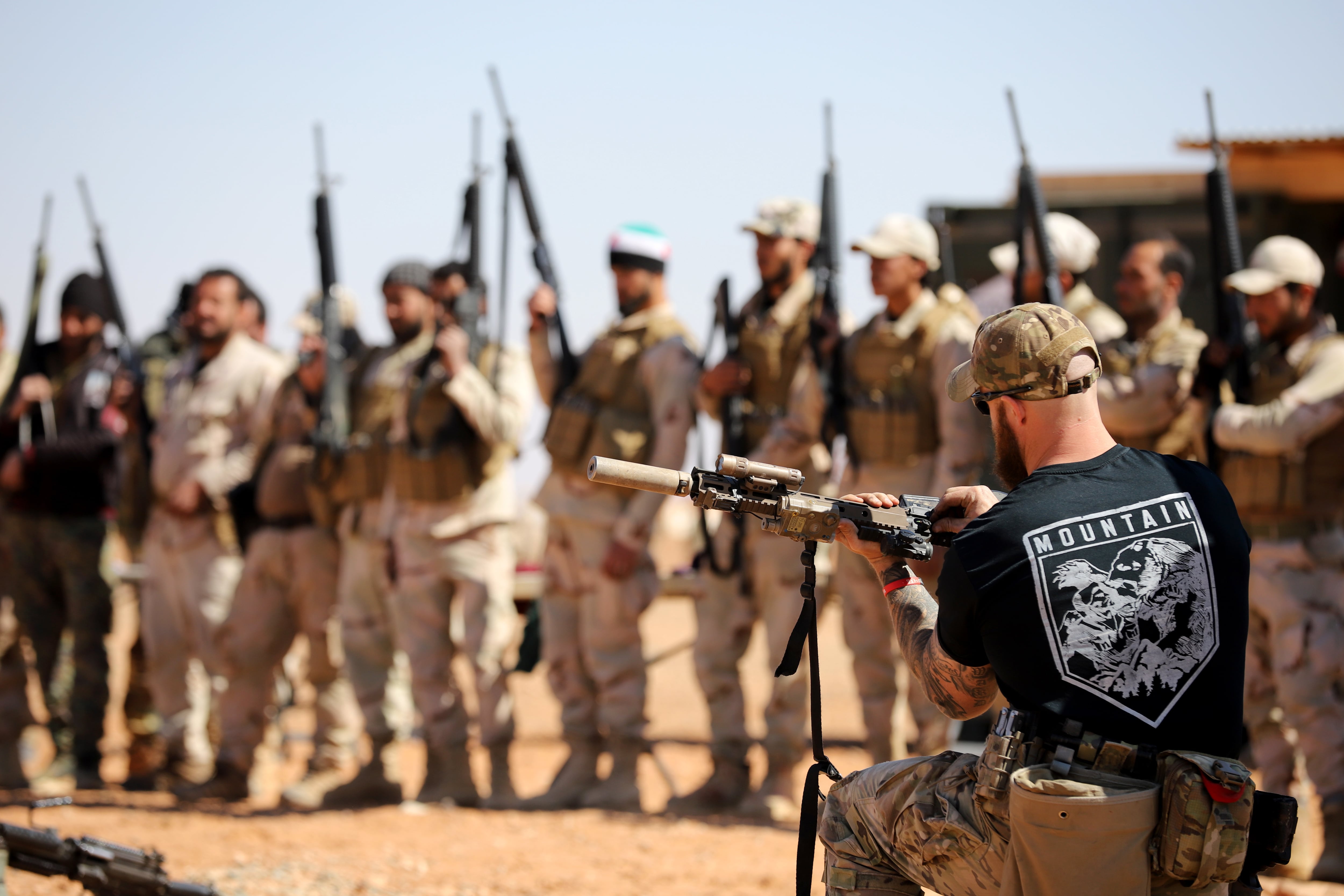
For SOF veterans, the process can be difficult, but sharing the experience with a group of like-minded veterans eases the load, Stevens said. In addition to these relationships built in their THF cohorts, Stevens said GSOF has been great at establishing community for SOF veterans and giving them options as they transition.
Help from mentors
After discovering their why, THF helps SOF personnel get connected to a group of mentors in their field of interest, whether it’s schooling, a tech career, startups, or defense contracting. Their mission, “To serve others with Honor, for life. So that their next mission is always clear and continues to impact the world,” is exemplified in the focus they place on discovering what THF fellows want for themselves and stopping at nothing to achieve it.
I think we have some societal thought that every special operations person has PTSD and totes a gun.
— Patty Collins
The organization currently boasts 95 percent fulfillment, which Stevens defines as veterans starting their own business, finding gainful employment in the field they desire, or taking a self-driven sabbatical.
Stevens went through the program himself in 2016, when he left the SEAL Teams after 26 years of service. Because of the intense deployment and training schedule of the SEALs, he said it’d been a while since he had time to think about family or his purpose outside of the job. He described his mindset as “auditing” the course, attending the program just to see if it was worth recommending to his men.
What he got was more than he bargained for.
“It was a game-changer," he said. “It really forced me to do a lot of thinking about my why, my purpose.” Three years later, after a brief stint in the tech sector and time on THF’s board, Stevens became CEO of the program he’d entered just to audit.
More than just direct action
THF’s services, and those of many other SOF-focused organizations, aren’t limited to former door-kickers. “You don’t have to be an operator, as long as you’re serving under the SOF umbrella, to come to our program,” Stevens said.
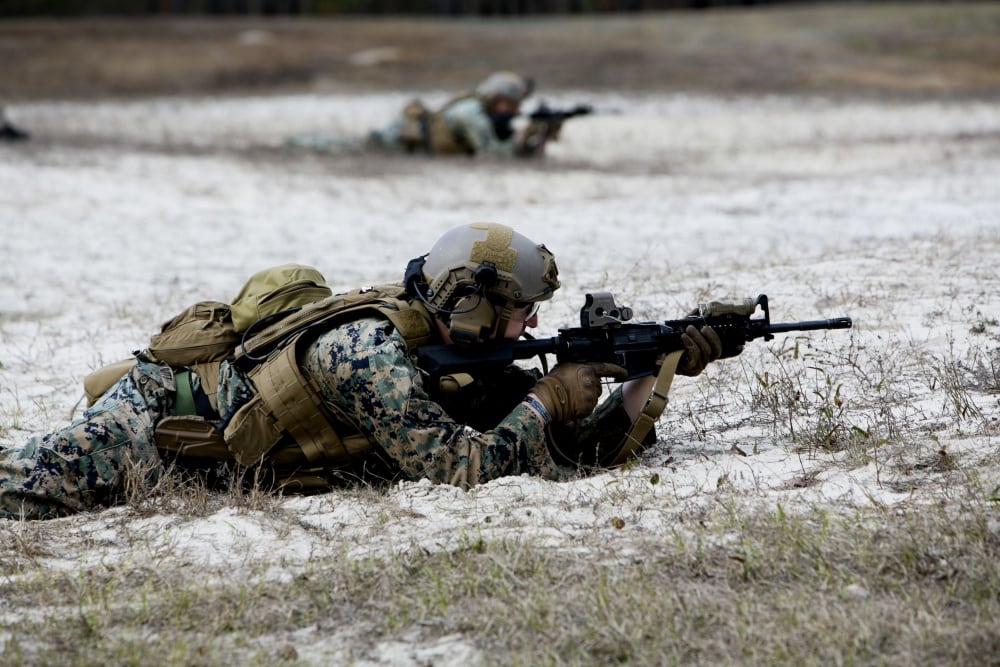
“I think we have some societal thought that every special operations person has PTSD and totes a gun and is very into aggressive activities or high energy, high adrenaline things,” said Patty Collins, a former signal corps colonel who spent years of her career in support of special operations. “There is sometimes not a great appreciation that as physical as that group of people are, they’re also incredibly cerebral.”
During her time in special operations forces, Collins had the opportunity to attend specialized training like Military Free Fall School that wasn’t available to her specialty anywhere in the conventional Army. Collins also said SOF helped her to develop a more determined mindset, though as a competitive triathlete, she was certainly never lacking in motivation or determination.
Just because you take a job post-military doesn’t mean you’re committed for 20 years.
— Patty Collins
The special operations environment made Collins acutely aware of how vital her success was to the success of the mission, even as a service provider. She recalled never being treated as anything less than an equal and important member of the team.
Her determined and inclusive mindset is something Collins has taken with her in the positions she’s held since leaving the military. But even with the right tools for the job, she struggled at first to find work she loved. Collins, who describes her transition as an example of “a lot of what not to do,” had never heard of SOF For Life or GSOF when she retired.
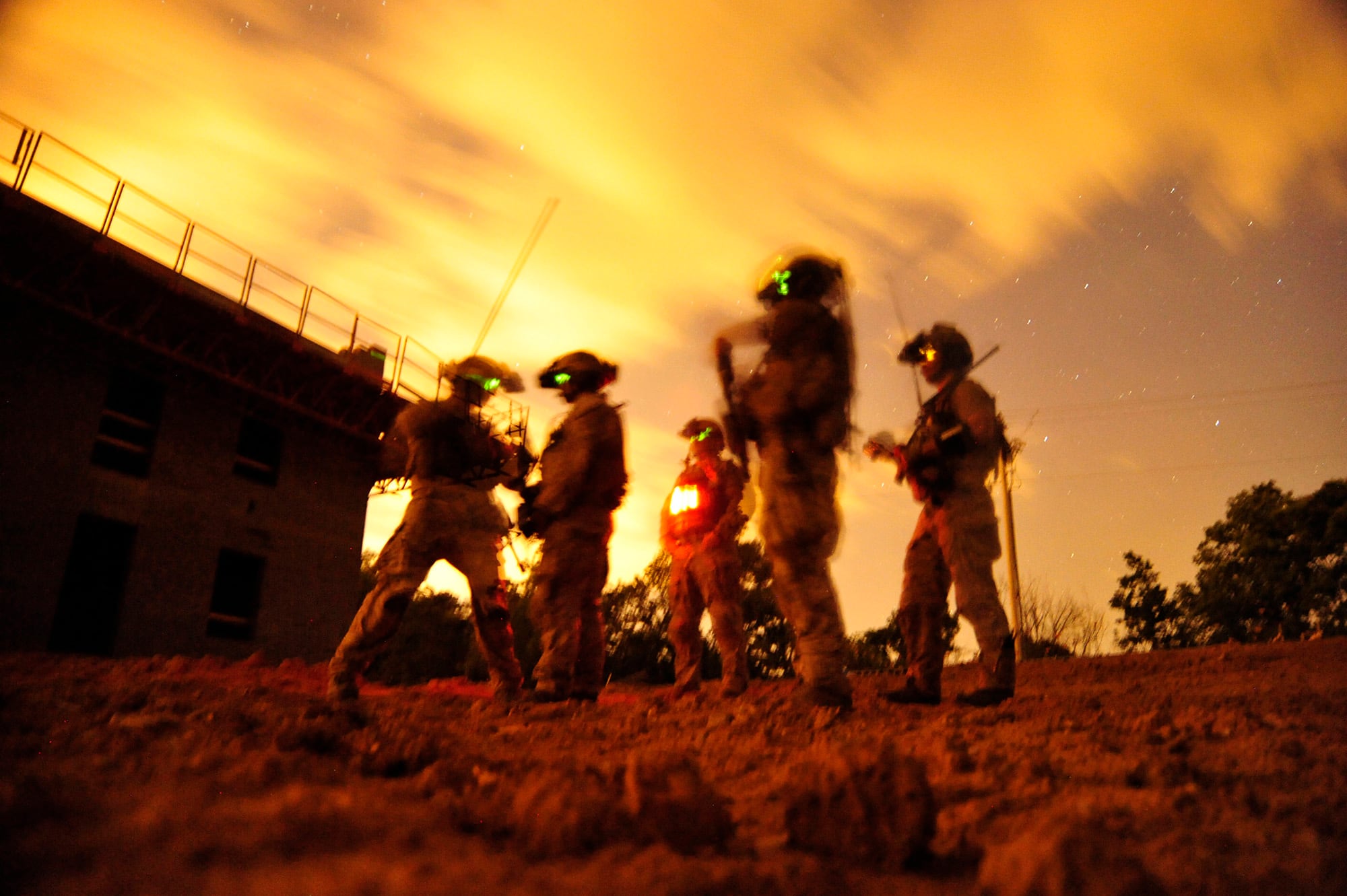
“I didn’t really put forth a lot of time and energy into saying ‘what kind of work do you want to do after the military?’,” said Collins.
Beyond going to the 2016 Paralympic Games in Rio with the U.S. triathlon team, Collins didn’t have many plans. She recalled enjoying and learning from her first two jobs after the military, even succeeding at adapting her communication skills to the civilian world, but deep-down Collins knew those weren’t the careers for her.
“Most of us are not going to get it right straight out of the gate,” she said. “Just because you take a job post-military doesn’t mean you’re committed for 20 years.”
About three and a half years after retiring from the Army, Collins found herself back in public service in a job she calls a good fit.
“It’s the part of leadership development I really enjoy. It’s the part of strategic planning I enjoy. It just took me a while to get there,” she said of her position as deputy director of the U.S. Government Publishing Office.
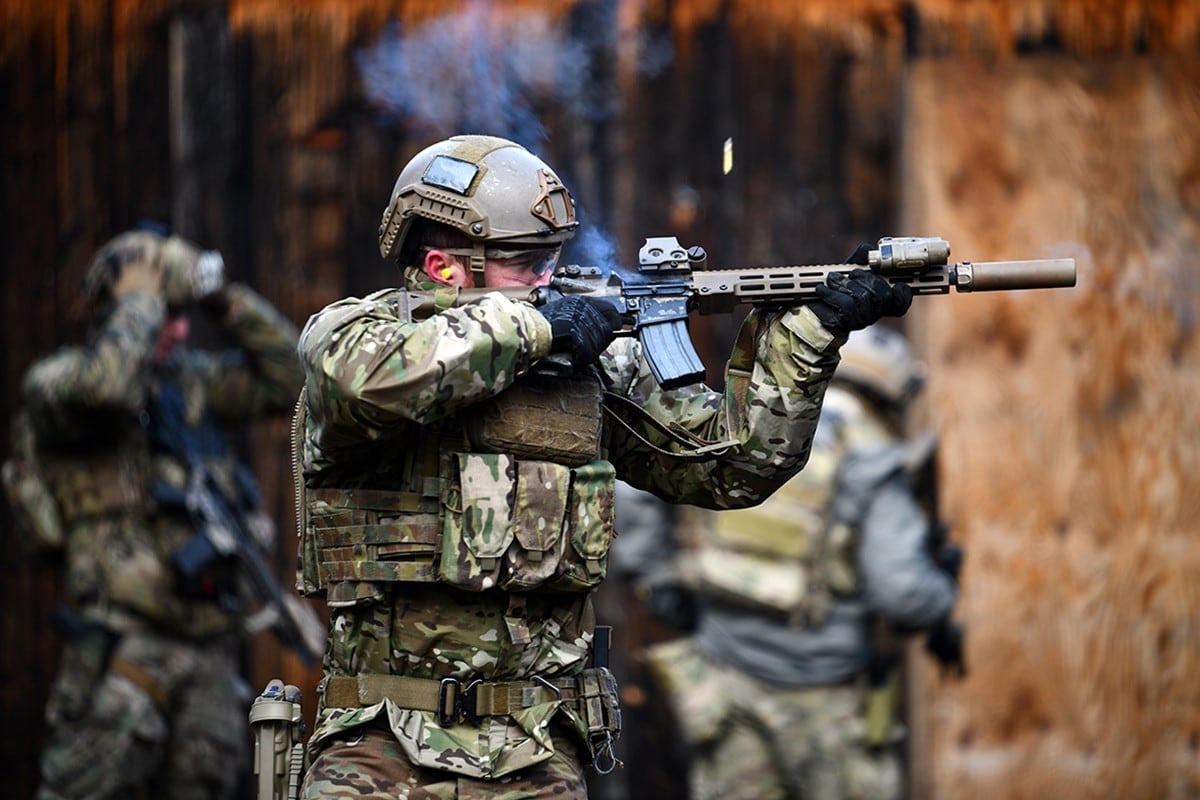
Casting a wide net
As they look to the future and find new ways to reach transitioning SOF members like Collins while they’re still serving, SOF For Life has consulted the expertise of organizations that have been working in the field for years. Tony Mayne, a former Ranger and director of Gallant Few’s Darby Project, sits on SOF For Life’s steering group, which currently meets monthly to reshape what SOF For Life has to offer. He emphasized the importance of ensuring service members are aware of the resources currently offered by the military.
“In the Ranger Regiment, my perception was that there were a lot of folks who wanted to provide assistance, but they were just so busy that they never had the ability to take advantage of some of those opportunities,” said Mayne.
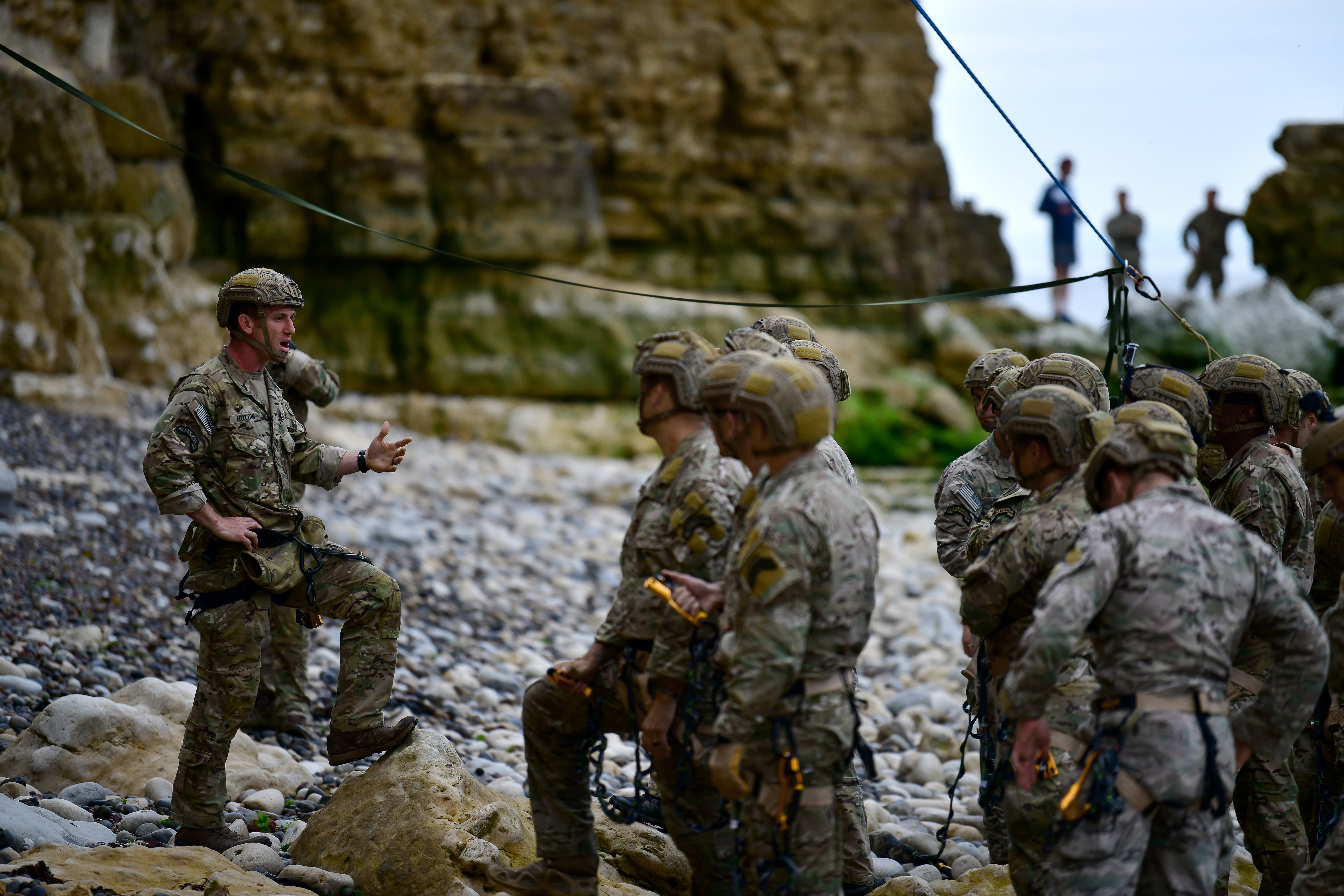
The Darby Project, which only works with members of the Army’s 75th Ranger Regiment, recommends as part of their support that transitioning Rangers take full advantage of the DoD’s SkillBridge program. DoD SkillBridge gives service members the opportunity to complete specific training, apprenticeships, and internships during their final 180 days of service. It’s the same program Mayne used to start his work with Gallant Few.
Each branch of service also offers their own version of a transition assistance program designed to help service members plan their separation or retirement. But the quality of such programs varies by installation, and even the best transition assistance programs aren’t very individually tailorable, according to Mayne.
“I don’t think it’s fair to expect the Department of Defense to have a leader with every single member of the service that transitions,” Mayne said of the importance of one-on-one interaction in the transition process. “But where non-profits can really pay value is when they are able to fill that gap.”
If you’re a former member of SOF and would like to contribute to the way SOF For Life assists transitioning veterans, please consider filling out the 2020 SOF For Life Survey.
Harm Venhuizen is an editorial intern at Military Times. He is studying political science and philosophy at Calvin University, where he's also in the Army ROTC program.




